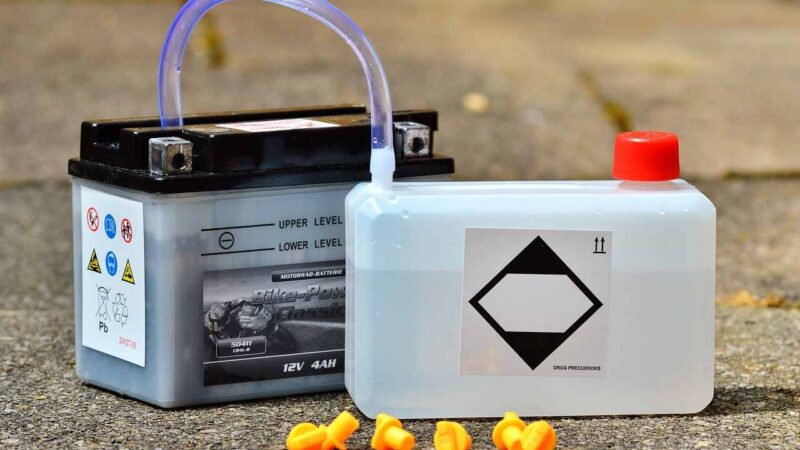How to generate SAP IQ database licensing

To enable your business to take advantage of SAP IQ’s benefits, you need to generate a license. You can do it in two ways. The first way is to create an SAP IQ instance, and then you can install the software. The second way is to generate an SAP IQ license. This way, you can have the software installed on a single server without worrying about generating licenses for each database.
Know the product name, license type, and corresponding version
To generate a license for SAP IQ, you need to know the product name, license type, and corresponding version. Depending on which edition you’re using, you may select a specific product edition, which is called multiplex. After creating a database instance, you can configure the licensing for that product. You can also create a new SAP IQ instance in the future.
Can also generate an SAP IQ database license for an instance of IQ
The SAP IQ SQL Anywhere license allows you to build C/C++ V4 UDF. It functions as an InDatabase Analytics Option and a Partner Solutions license. You can also generate an SAP IQ database license for an instance of IQ. You will need to explicitly authorize access to the optional license for your application, and this can be done with a stored procedure called sp_iqlmconfig. This stored procedure gives you access to the optional features of SAP IQ.
Understand the differences between the two types of licenses
When using SAP IQ, it is essential to understand the differences between the two types of licenses. The IQ_IDA license is used to build C/C++ V4 UDF. While the IQ_IDA license is used for InDatabase Analytics, the IQ_IDA license is used for Partner Solutions. The SAP IQ database licensing is not automatically checked out by default, and this is done through a stored procedure called sp_iqlmconfig.
Can also generate a license for SAP IQ by using an SAP IQ license
You can also generate a license for SAP IQ by using an SAP IQ license. You can create a database license for your application the same way you create a server license. It will be easier for you to manage the database with RLV-based storage. There are multiple technologies to implement this architecture. For instance, you can use a hybrid storage fabric, in which the SAP IQ stores are physically separated.
The license for SAP IQ can be generated on two servers
The license for SAP IQ can be generated on two servers. The licenses you create will depend on the edition you are running. You can install the IQ Enterprise Edition on two servers, and you can then install a standalone version of SAP IQ. You can then install the software on both servers. This will allow you to use the IQ license for any number of users. It will not expire, but it will limit the number of cores you can use. You may contact Clariba to assist you with your needs better.
If you want to enable these features, you must use the IQ-IDA server
The IQ-IDA license is needed to build C/C++ V4 UDFs. Unlike the standard license, it must be explicitly authorized by the DBA. The IQ-IDA license also acts as an optional license. You must explicitly allow access to the IQ-IDA license to access it. If you want to enable these features, you must use the IQ-IDA server. This allows you to develop in a unified language.
Read Also: Cloud Computing: Risks and Benefits
Configure it for High-Availability on ANF
Once you have installed SAP IQ, you can configure it for High-Availability on ANF. You can host SAP IQ’s database on both nodes by using the AND Volume. The license files remain on the ANF volume when the first node fails, preventing SAP IQ from starting up on the second node. It will be safe to run the IQ-IDA-IDA-IDA-IDA-IDA-IDF on both nodes.
As part of SAP IQ database licensing, you can configure high availability on the ANF-Volume. As the database file system moves from Node1 to Node2, the license files on the ANF volume remain static, preventing SAP IQ from starting on the new node. In addition, you can specify the table that needs RLV access. However, it would help if you used the AND-Volume instead of SBD-VMs.






